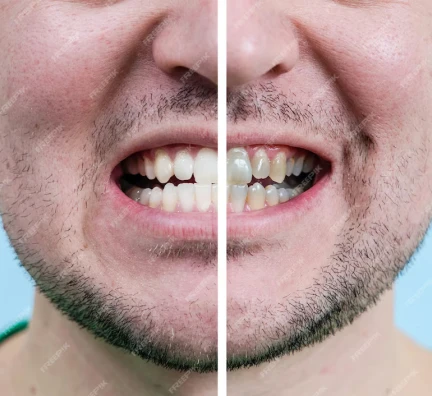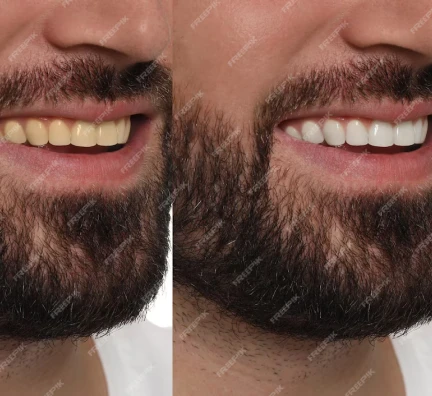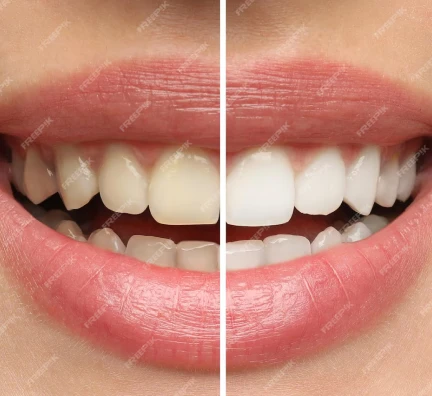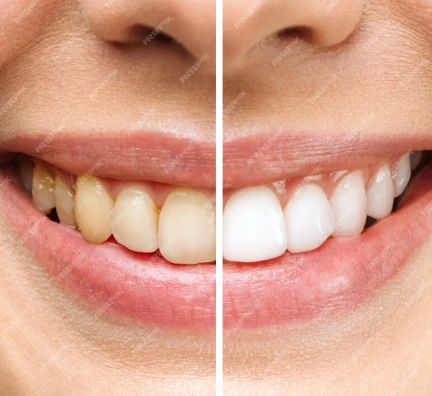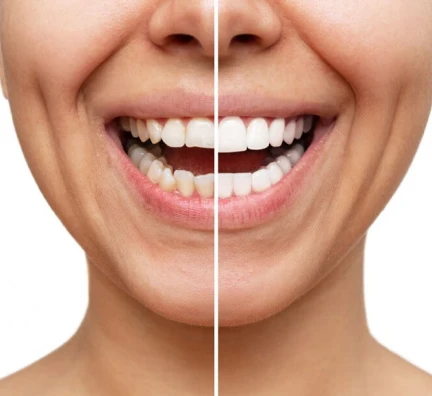Closed scaling and root planing service
Keep your smile healthy

This is a deep cleaning performed using curettes, instruments specifically designed to access the bottom of the sulcus, which is the inner part of the gum. The goal is to completely remove deposits of calculus (tartar), bacterial plaque, and accumulated inflamed tissue.
The purpose of this procedure is to leave the surface of the tooth root completely smooth, as it often becomes rough after calculus removal. To achieve a uniform texture, curettes are used along with special burs for root planing. Once the curettes have been used, a scaler is employed. This ultrasound device uses vibrations to help dislodge larger, more stubborn calculus.
This treatment is performed using a closed access approach, meaning there’s no need to lift surgical flaps.
Advantages of the procedure
Deep cleaning
Effectively removes calculus (tartar) and bacterial plaque.
Improved dental aesthetics
Clean and healthy teeth bring freshness and brightness to your smile.
Patient comfort
The procedure is performed with local anesthesia, ensuring your comfort during the cleaning.
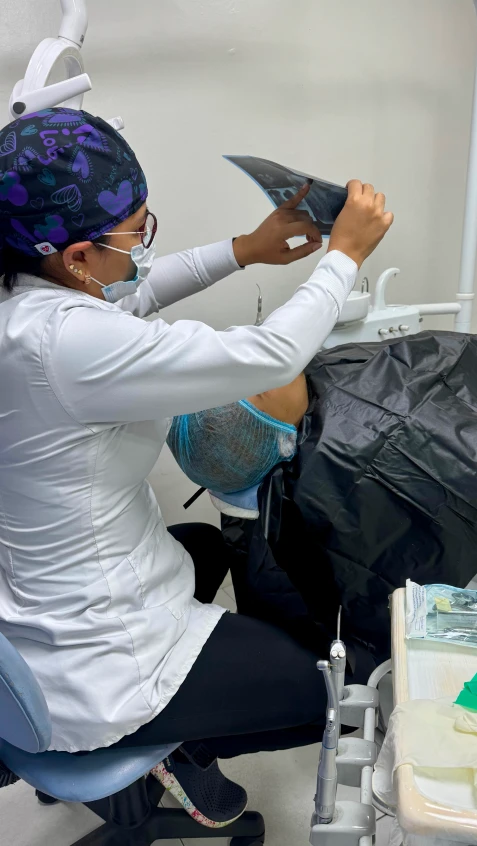
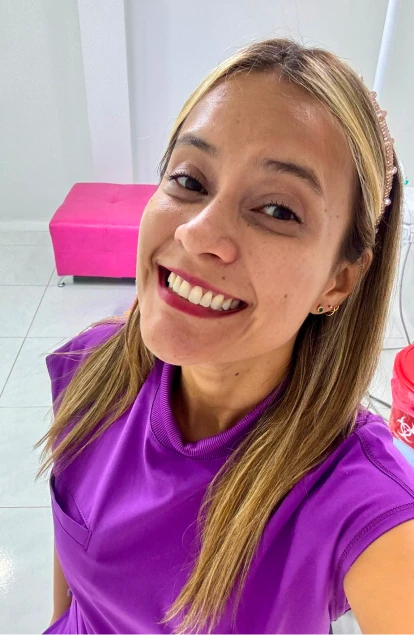
Costs
The best prices
The cost of a closed scaling and root planing procedure will depend on each patient’s specific needs, therefore an assessment is required. The cost can range from $250,000 to $1,000,000 COP.
*Choose high-quality treatments while saving up to 60% compared to costs in the United States and other countries.*
Frequently Asked Questions
Everything you need to know
Step by step procedure
Step 1
Assessment Appointment
Dr. Lina Marcela Osorio S. performs an assessment alongside the periodontics specialist to determine the necessity of the treatment.
Step 2
Potentially, the treatment may begin during the same assessment appointment. Anesthesia is applied, and plaque, calculus (tartar), and inflamed tissue are removed.
Step 3
Dr. Lina Marcela Osorio and her team will provide hygiene recommendations, and a control and maintenance appointment will be scheduled.
